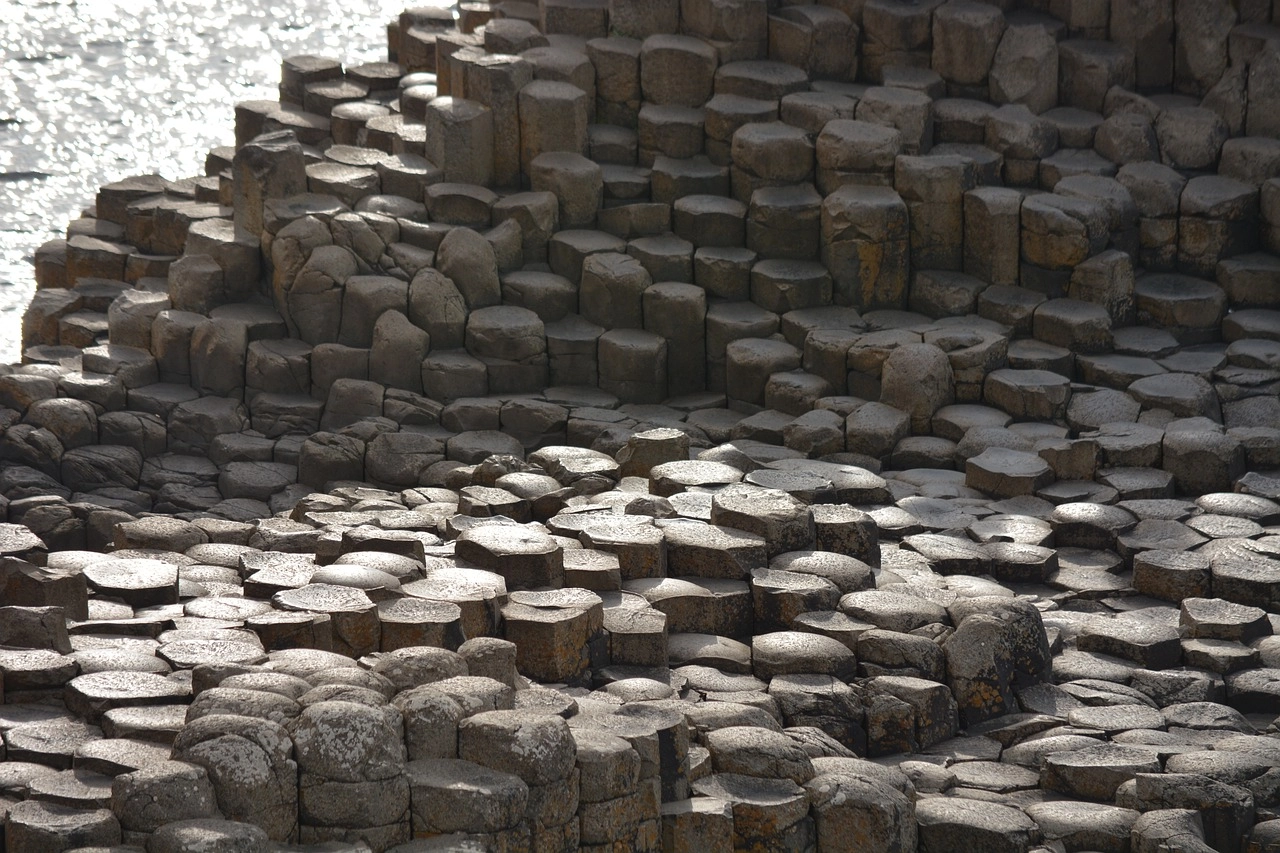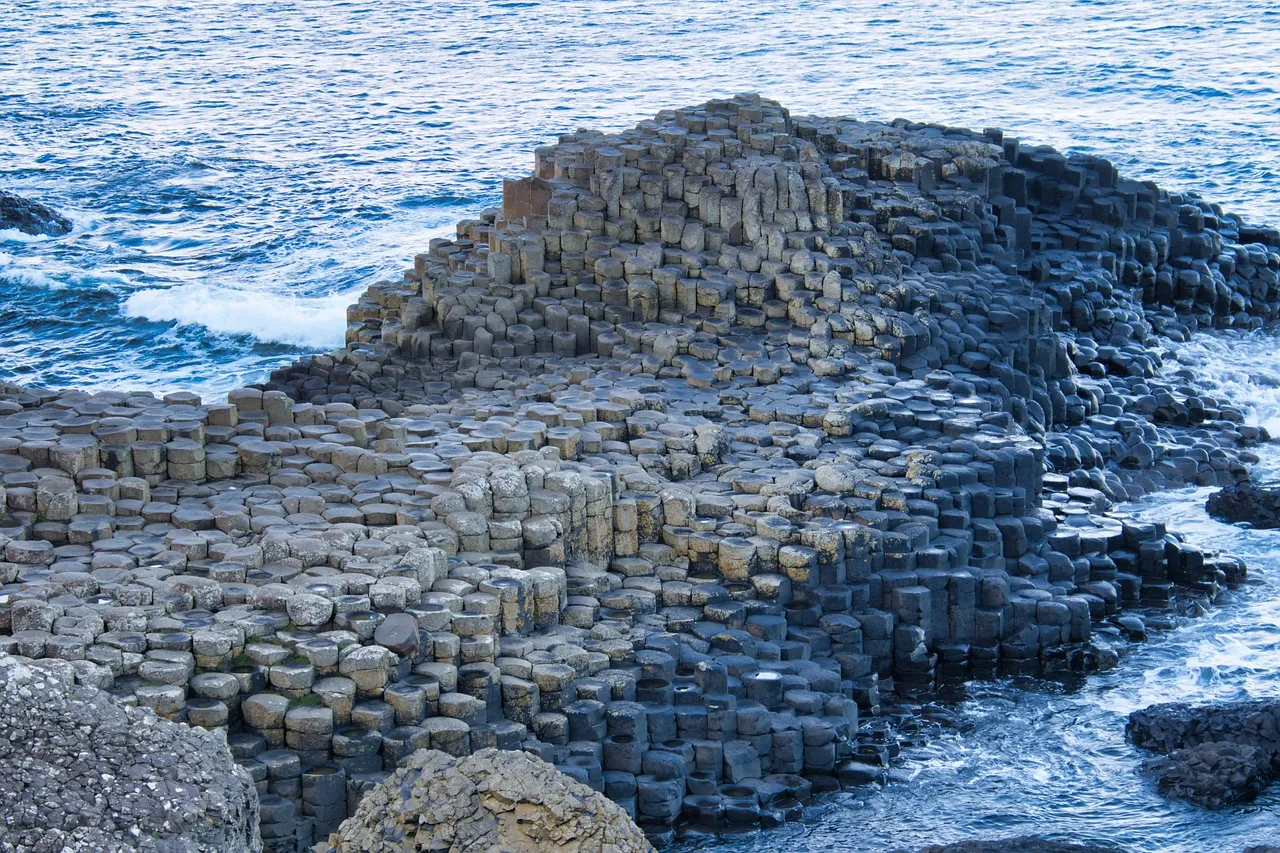Giant's Causeway, a breathtaking UNESCO World Heritage Site, is situated along the rugged Antrim Coast in Northern Ireland. Renowned for its unique geological formation and rich ties to Irish folklore, this natural wonder captivates visitors with its fascinating history and striking beauty.
The Legend of Giant’s Causeway
In Irish mythology, Giant’s Causeway is said to have been crafted by the mighty giant Finn MacCool, a central figure in Celtic folklore. Finn’s story is deeply intertwined with the creation of the causeway, adding a mystical element to this extraordinary landscape.
The legend tells of a fierce rivalry between Finn MacCool and the Scottish giant Benandonner, which led to a series of escalating challenges between the two colossal figures. To settle their dispute once and for all, Finn decided to construct a massive causeway across the sea, connecting Ireland and Scotland. This enormous feat of engineering would enable him to face Benandonner in a climactic battle to determine the ultimate victor.
As Finn toiled tirelessly to complete the causeway, his energy began to wane. Exhausted, he returned home to his wife Oonagh, who devised a clever plan to outwit the Scottish giant. When Benandonner arrived in Ireland to confront Finn, Oonagh disguised her husband as a baby and placed him in a giant cradle. Upon seeing the enormous ‘infant’ Benandonner was struck with terror, convinced that Finn must be an even more formidable opponent than he had anticipated. Fearing for his life, the Scottish giant fled back to Scotland, tearing up the causeway behind him to prevent Finn from pursuing him.
Geological Wonders

Exploring Giant’s Causeway
Visitors can experience Giant’s Causeway through a variety of walking trails, such as the blue, red, and yellow trails, each offering unique perspectives of the site. The Giant’s Causeway Visitor Centre is a must-visit for information, guided tours, and interactive exhibits that delve into the history and geology of the area. For stunning panoramic views of the causeway and coastline, make sure to visit the various viewpoints along the trails.
Nearby Attractions
The Antrim Coast offers numerous attractions to explore beyond Giant’s Causeway. Marvel at the Carrick-a-Rede Rope Bridge, visit the ruins of Dunluce Castle, or take a stroll beneath the arching branches of the Dark Hedges. For dining and accommodation options, consider the nearby towns of Bushmills and Ballycastle.
Practical Information
Giant’s Causeway is easily accessible by public transport, driving, or organized tours from major cities like Belfast and Derry. While entrance to the causeway itself is free, there are fees for parking and access to the Visitor Centre. The site is open year-round, but the best time to visit is during the shoulder seasons to avoid crowds and enjoy milder weather.
